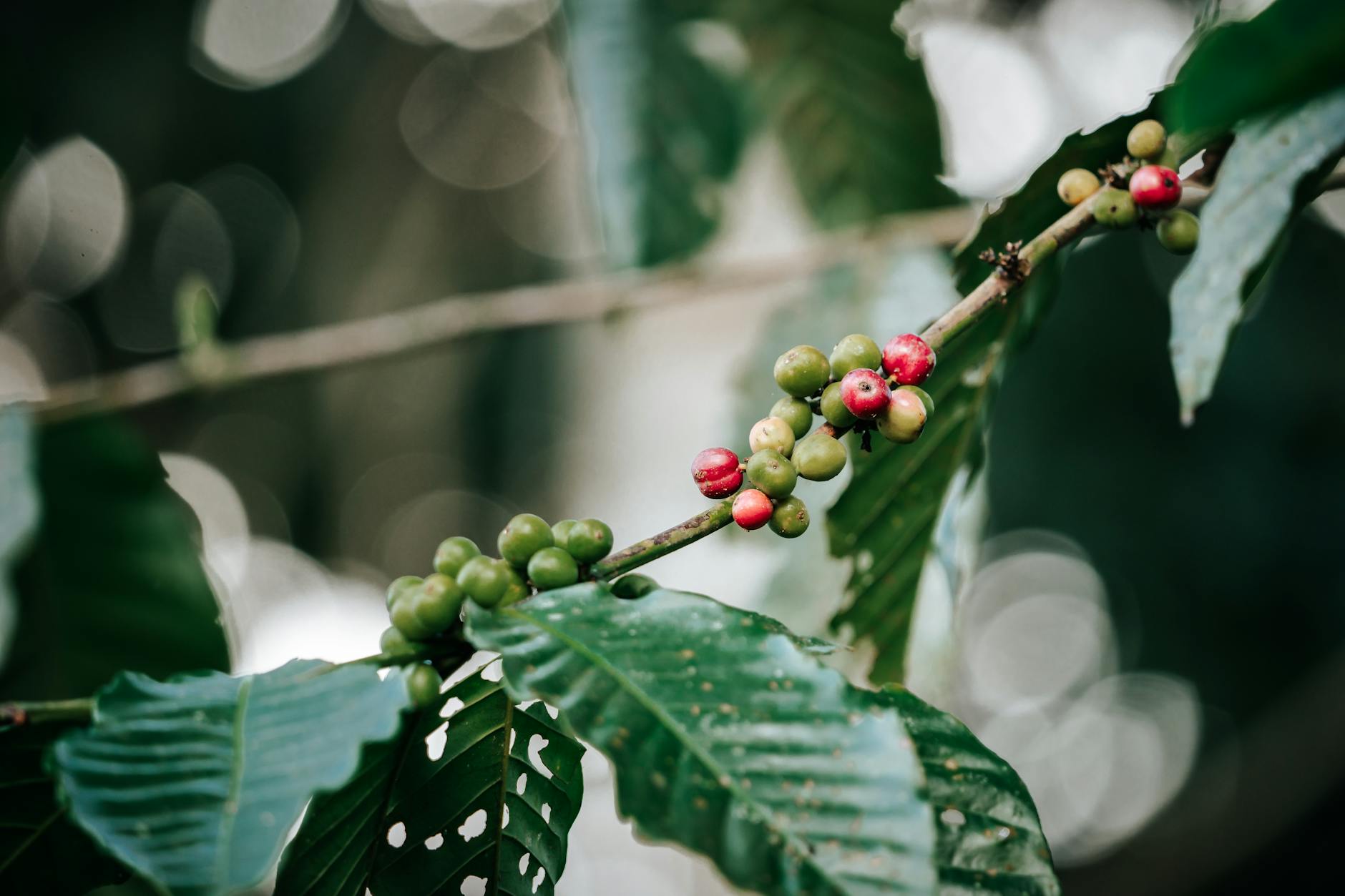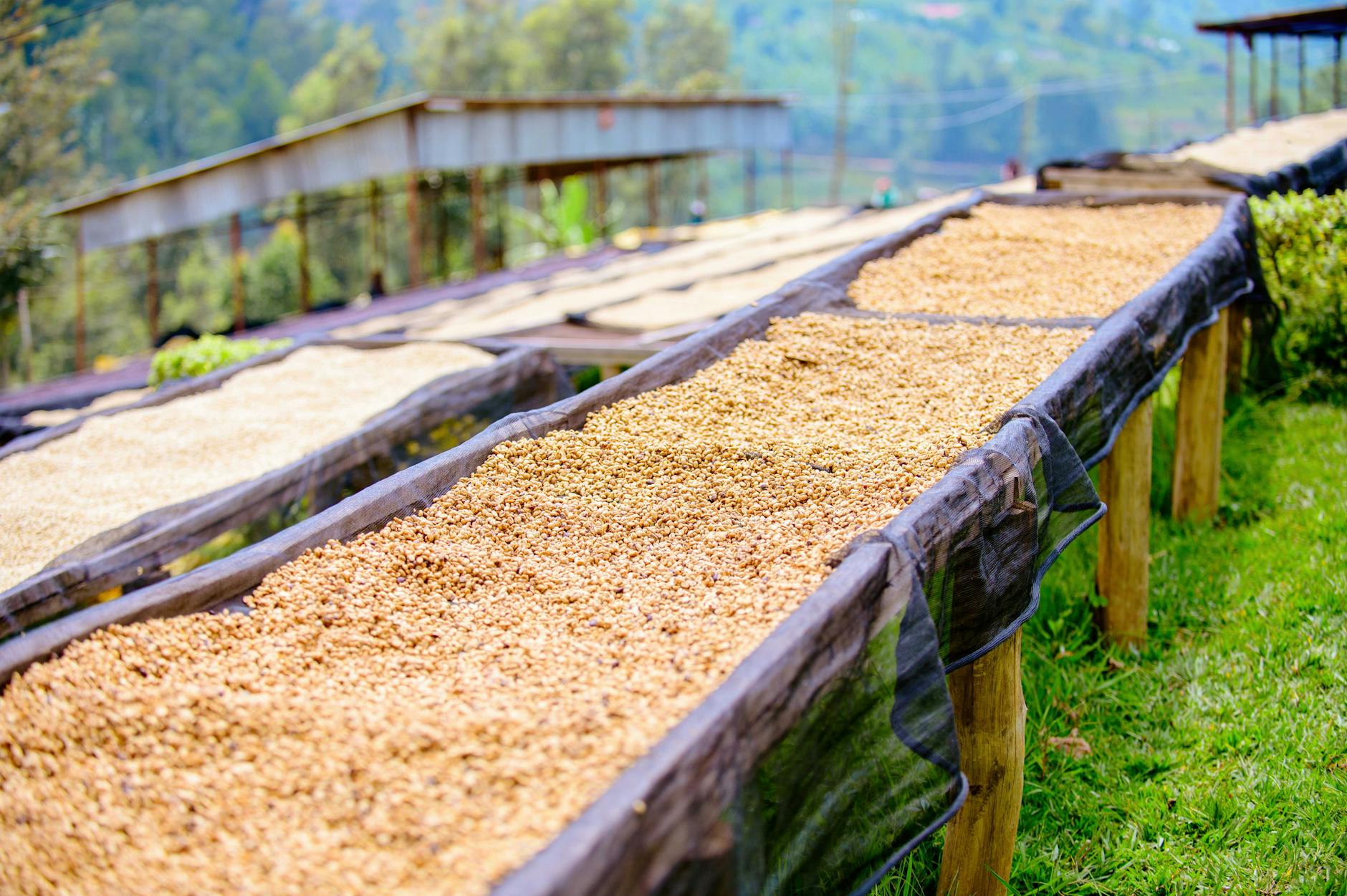The aroma of freshly brewed coffee is a ritual, a siren song for the caffeine-fueled masses. But behind that intoxicating scent lies a complex story, one often told in shades of environmental compromise. We’re talking about the brutal truth about the environmental impact of coffee production – and how we can all make a difference.
The Dark Side of the Bean
Let’s be clear: conventional coffee farming isn’t exactly a walk in the park for the environment. Massive water consumption, deforestation to make room for more coffee plants, and reliance on chemical fertilizers and pesticides all take a toll. The impact extends beyond the immediate farm; climate change is already affecting coffee bean yields and quality in various regions. The Rainforest Alliance estimates that about 25% of all coffee produced is unsustainable, leading to soil degradation and water pollution. There’s a reason why the International Coffee Organization is pushing for sustainable solutions.
And here’s the kicker: this isn’t some distant environmental problem. This directly affects the quality of your cup. Soil degradation means less nutrient-rich beans, impacting the flavor and ultimately your enjoyment. Water pollution affects the entire ecosystem, including the health and well-being of the people who cultivate these beans – the very foundation of your morning ritual.
Sustainable Solutions: A Brewtiful Revolution
But fear not, fellow caffeine addicts! The metal world isn’t about dwelling in despair; it’s about finding solutions, forging a path forward, and creating change. There’s a growing movement towards sustainable coffee farming practices, focusing on minimizing environmental impact and preserving the planet’s precious resources. And it’s not just about being green; it’s also about ensuring the long-term health of the coffee industry itself.
Shade-grown coffee, for instance, utilizes existing forest cover, preserving biodiversity and reducing the need for fertilizers and pesticides. It’s not only good for the environment but often results in a more complex and nuanced flavor profile. Organic farming practices, excluding harmful chemicals, protect soil health and minimize water pollution. This is where innovation in the industry comes in. You’ll find certifications like Rainforest Alliance and Fairtrade, which guarantee sustainable practices. Check those labels out, because some of this stuff is truly impressive.
Water Conservation: A Crucial Element
Water scarcity is a major concern in many coffee-growing regions, and sustainable farming needs to address this head-on. Drip irrigation systems, for example, deliver water directly to the roots of the plants, reducing water waste. This precision is key to maintaining a sustainable water usage – something many conventional farms lack, leaving them in the dark.
Farmers are also experimenting with drought-resistant coffee varieties, adapting to the changing climate and reducing reliance on excessive watering. This level of innovation and adaptation is more metal than any blast beat could ever be.
The Consumer’s Role: Making Sustainable Sips
The responsibility doesn’t just lie with the farmers; consumers play a crucial role in driving demand for sustainable coffee. By making conscious choices, we can support the farms that prioritize environmental stewardship. Choosing certified sustainable coffee is a straightforward way to make an impact. Look for certifications like Fairtrade, Rainforest Alliance, or Organic.
Support your local roasters who are committed to sourcing their beans sustainably. Building those relationships is about more than just getting a good cup of joe; it’s about directly supporting farms committed to eco-friendly practices. It’s about the whole network of metalheads, caffeine fiends, and eco-warriors supporting one another.
And while you’re at it, maybe grab yourself an inspirational coffee mug to celebrate your commitment to the cause. After all, you need something metal to match that metal coffee you’re brewing.
The Bottom Line: A Mosh Pit of Positive Change
Sustainable coffee production isn’t just a trend; it’s a necessity. The future of coffee, and indeed the planet, depends on our collective ability to make conscious choices and support sustainable practices. It’s about finding that perfect balance between the intoxicating ritual of a great cup and the respect for our environment. This isn’t just a sustainable sip; it’s a sip towards a sustainable future.
Remember, this isn’t just about the coffee; it’s about the entire ecosystem, the farmers who cultivate these beans, and ultimately, the future of the planet. So let’s raise a mug to sustainable practices, and may your next cup be as brutal and refreshing as the metal that fuels us.
Learn more about sustainable coffee practices from the Rainforest Alliance and the International Coffee Organization.


